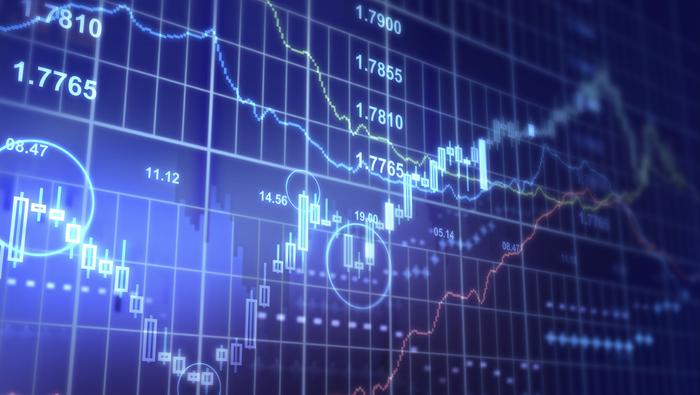In the world of trading, accurately predicting bullish or bearish trends is crucial for making informed investment decisions. Traders constantly seek effective methods to forecast market movements and gain an edge in their trading strategies. In this article, we will explore some of the best methods for predicting bullish or bearish trends in trading.
- Technical Analysis:
Technical analysis is a popular approach used by traders to predict market trends. It involves studying historical price and volume data, chart patterns, and various technical indicators to identify potential market reversals. Traders using technical analysis often rely on tools such as moving averages, oscillators, and trend lines to make predictions about future price movements.
- Fundamental Analysis:
Fundamental analysis focuses on evaluating the intrinsic value of an asset by analyzing factors such as financial statements, industry trends, and macroeconomic indicators. Traders using this method believe that market prices eventually align with the underlying fundamental factors. By assessing company earnings, growth prospects, and economic indicators, traders attempt to predict whether the market will enter a bullish or bearish phase.
- Sentiment Analysis:
Sentiment analysis involves gauging the overall sentiment of market participants to anticipate future market trends. Traders monitor news, social media platforms, and other sources of information to determine the prevailing sentiment towards specific assets or the market as a whole. Positive sentiment often indicates a bullish trend, while negative sentiment suggests a bearish outlook. Sentiment analysis can be conducted using automated tools that analyze large volumes of data and extract sentiment scores.
-----Cryptonews AD----->>>Sign up for a Bybit account and claim exclusive rewards from the Bybit referral program! Plus, claim up to 6,045 USDT bonus at . https://www.bybit.com/invite?ref=PAR8BE
<<<-----Cryptonews AD-----
- Pattern Recognition:
Pattern recognition techniques involve identifying recurring patterns in price charts and using them to predict future price movements. Traders trained in pattern recognition look for recognizable formations such as head and shoulders, double tops or bottoms, and triangles. These patterns are believed to indicate potential trend reversals or continuations. By applying pattern recognition techniques, traders aim to forecast bullish or bearish trends with a reasonable degree of accuracy.
- Algorithmic Trading:
Algorithmic trading relies on sophisticated mathematical models and computer algorithms to analyze vast amounts of data and execute trades automatically. These algorithms can incorporate various indicators and factors to predict bullish or bearish trends. Traders using algorithmic trading systems take advantage of speed and efficiency in processing market information, enabling them to react quickly to changing market conditions.
Predicting bullish or bearish trends in trading is a complex task that requires a combination of knowledge, experience, and analysis. While no method can guarantee 100% accuracy, traders can enhance their predictive abilities by employing a combination of technical analysis, fundamental analysis, sentiment analysis, pattern recognition, and algorithmic trading. By staying updated with market news, constantly refining their strategies, and adapting to changing market conditions, traders can increase their chances of successfully predicting and capitalizing on bullish or bearish trends in trading.
Remember, it’s important for traders to conduct thorough research, practice risk management, and seek professional advice before making any investment decisions.






